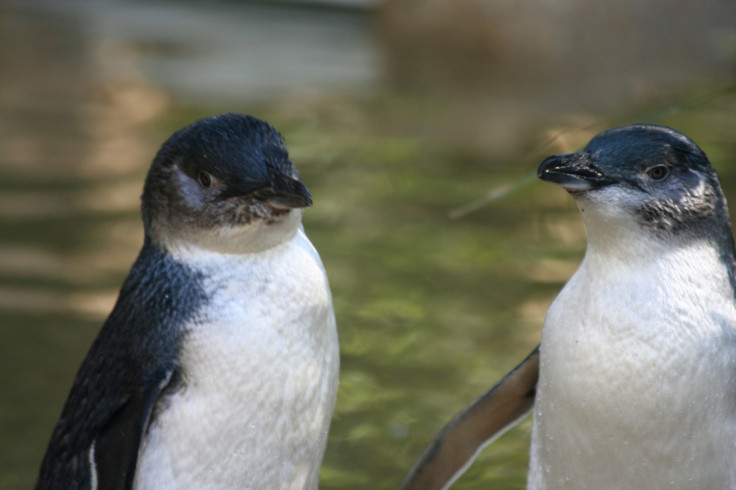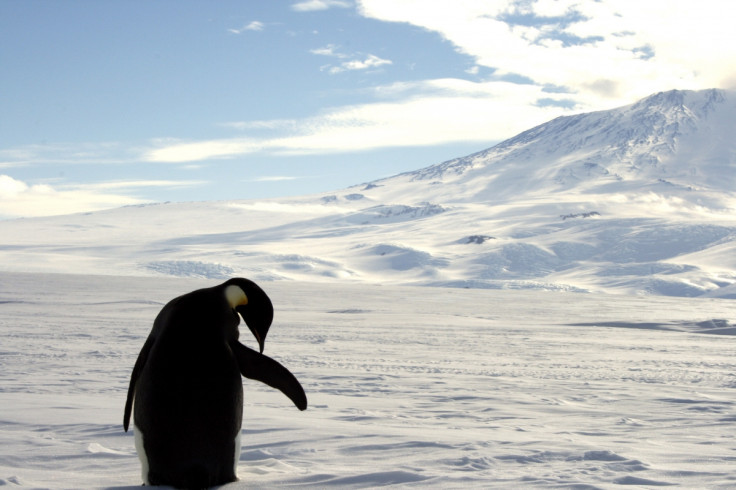Ancient fossils reveal when giant penguins ruled the Earth

A study of penguin fossils has opened up new perspectives regarding the long history of the animal's presence in Australia. Scientists say multiple dispersals of penguins reached the country over millions of years, including a type of 'giant penguin' that may have lived there after becoming extinct.
The study, published in the open journal Plos One, traces the evolutionary history of penguins since Australia definitively split from the Antarctic continent, some 34 million years ago. Today, only one type of penguin remains in Australia: the little penguin Eudyptula minor. Yet, previous research shows a variety of species - some as tall as a metre and a half - existed before that period.
The scientists have focused on retracing the evolutionary links between the different penguin specimens and on investigating the factors that helped them to populate Australia, a million years ago.
Phylogenetic tree tells giant penguins' story
The scientists used fossils approximately 7.2 - 7.9 million-years-old – a period known as the late Miocene. They also looked at previous fossil data from other periods. They then compared the fossils, as well as with the surviving species Eudyptula minor, in order to construct a phylogenetic tree.
These "trees" are in fact branch diagrams which illustrate the inferred genetic relationships between different species, based on their genetic and physical features. In this case, they have allowed the scientists to pinpoint when different types of penguins have arrived in Australia and when they became extinct.

The study's most significant discovery was that the"giant penguin" known scientifically as anthropodyptes gilli may have reached Australia and survived longer there than anywhere else in the world. Around 23 million years ago, the species - about half a metre taller than the Emperor penguins - became extinct across the globe. The only exception was Australia, where it survived for another three to seven million years.

The researchers also note a great diversity between the different types of penguins that populated Australia, suggesting that different lineages colonised the country, at different points in time. This was probably made possible by favourable currents, helping different groups of penguins on the Antarctic continent escape their isolation and reach Australia.
"Increasing isolation through the Cenozoic may have limited penguin dispersal to Australia from outside the Australasian region, intensification of the eastwards-flowing Antarctic Circumpolar Current in the mid-Miocene established a potential new dispersal vector to Australia," the authors concluded.
© Copyright IBTimes 2025. All rights reserved.






















